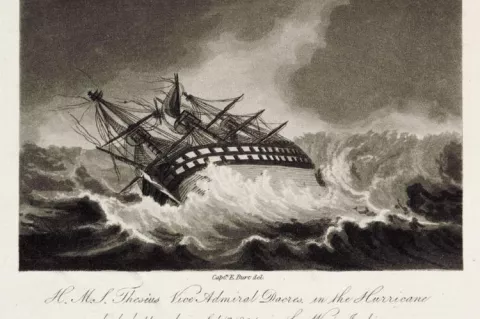Groundbreaking project maps shipwrecks of The Bahamas
Hidden beneath the serene waters of The Bahamas lay the remnants of approximately 5,000 shipwrecks, entombed for centuries. These relics are finally seeing the light of day, thanks to an innovative project called The Bahamas Lost Ships Project, kickstarted in 2023 by Allen Exploration and In Search of Shipwrecks (ISOS).
176 shipwrecks traced
The project has shed light on the maritime heritage of The Bahamas, particularly along the eastern flank of the Straits of Florida, a maritime corridor frequented since the 15th century.













